A small fraction of our DNA is uniquely human!
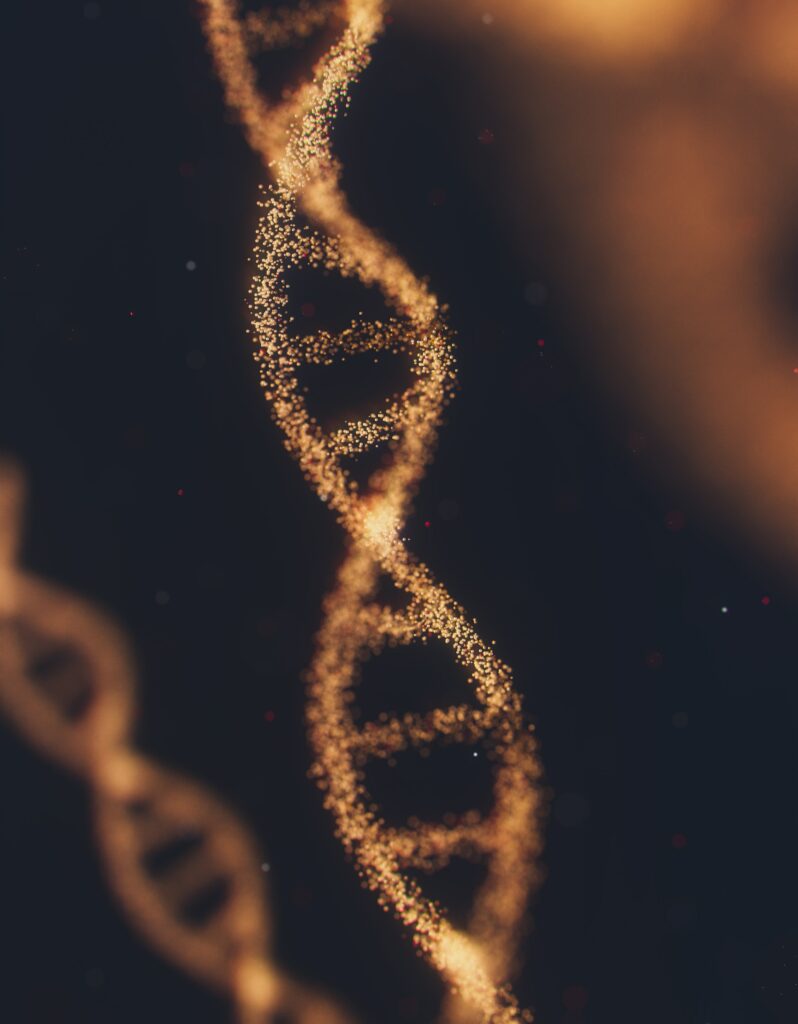
What makes human beings unique? Scientists took a new step toward solving that age-old mystery with a tool that could enable precise comparisons between the DNA of modern humans and that of our extinct ancestors. Only 7% of our genome is shared exclusively with other humans and not shared with our ancestors.
The study uses DNA extracted from fossil remains of Neanderthals (an extinct species of the genus Homo that inhabited Europe, the Near East, the Middle East, and Central Asia) and Denisovans dating between 40,000 and 50,000 years ago, as well as DNA from 279 modern humans from around the world. Scientists already know that modern man shares DNA with Neanderthals, but different people share different parts of the genome; One goal of the new studies was to identify genes that are unique to modern humans.
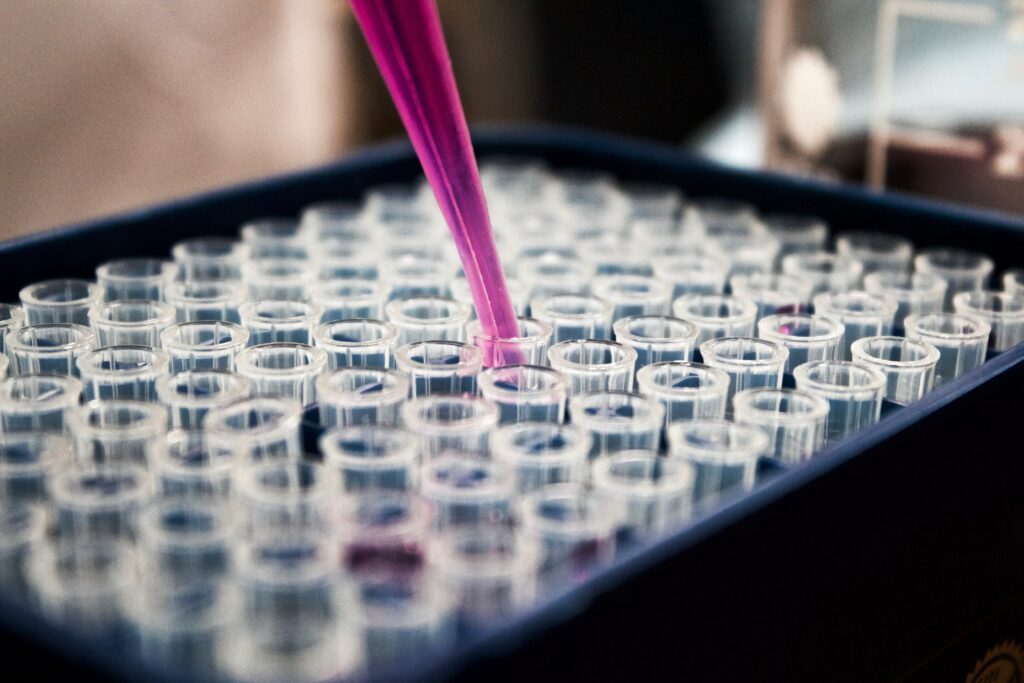
The scientists further discovered that an even smaller fraction of our genome—1.5%—is unique to our species and shared by all living humans. Those sections of DNA may hold the most significant clues to what really sets modern humans apart.
In 2010, Richard Green, a computational biologist at the University of California, helped produce the first preliminary sequence of the Neanderthal genome. Four years later, geneticist Joshua Akey co-wrote a study showing that modern humans have remnants of Neanderthal DNA. Since then, scientists have continued to refine techniques for extracting and analyzing genetic material from fossils.
The findings emphasize that we are a very young species. Not long ago, we shared the planet with other human bloodlines.
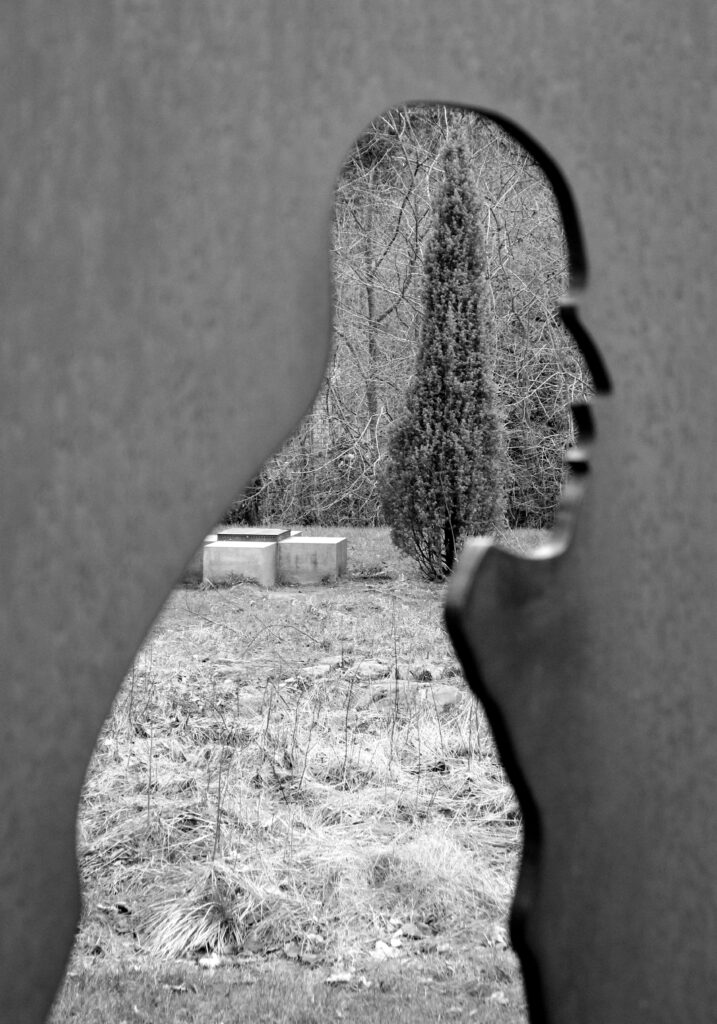
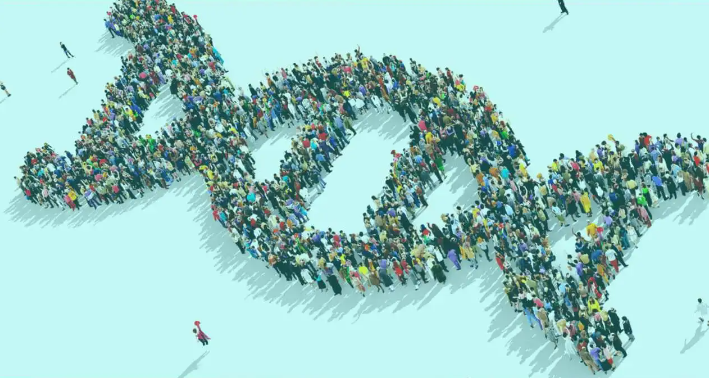
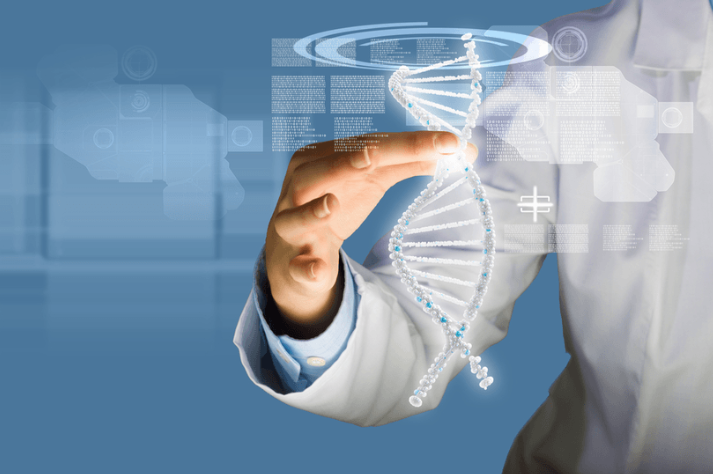

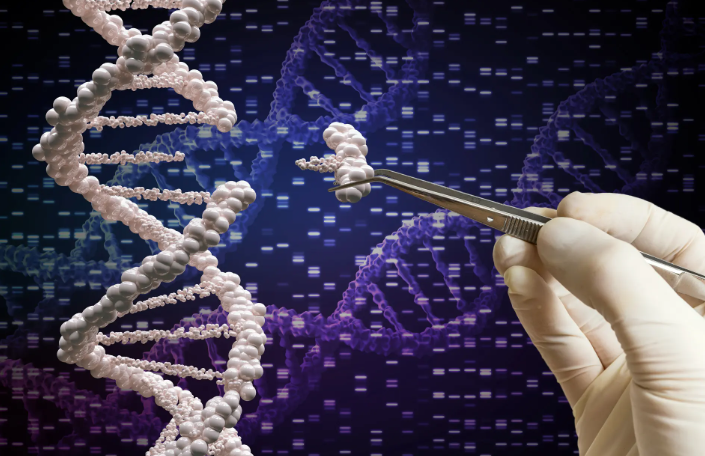

Responses